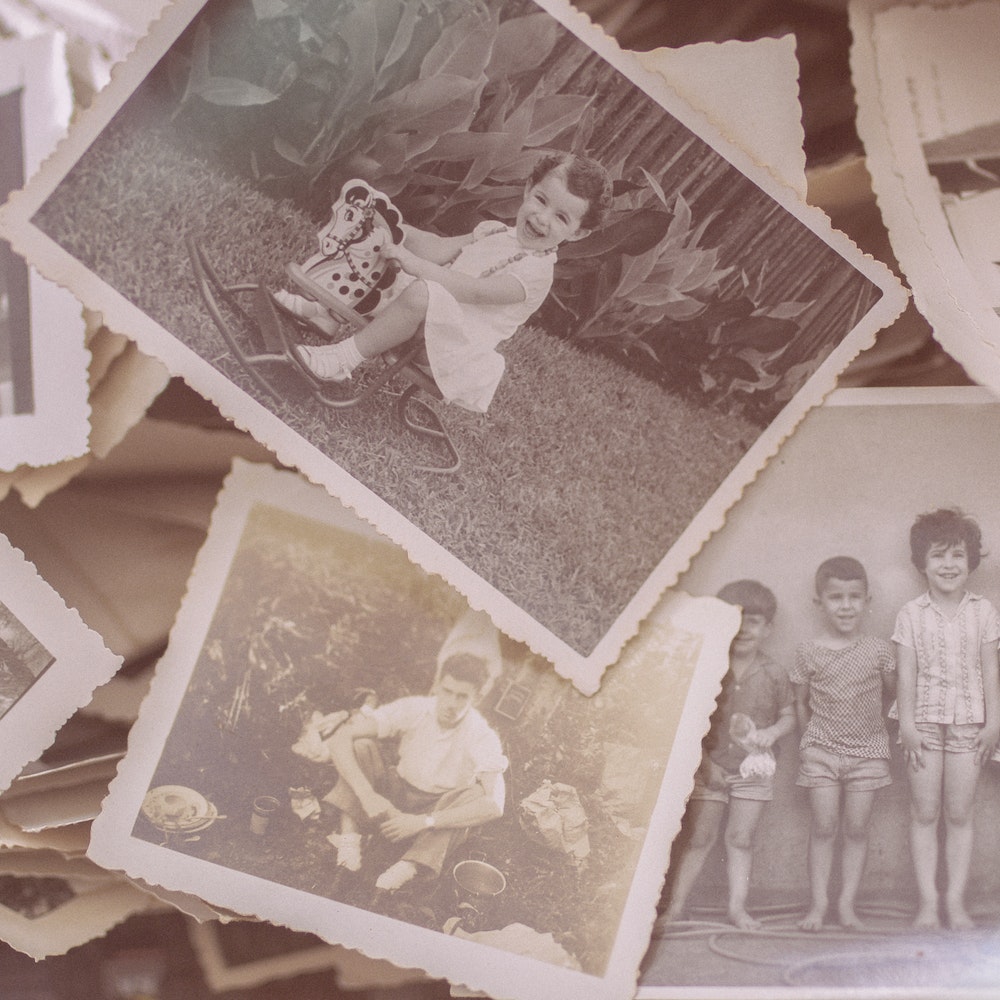A Book Start to Finish: Thorn City
Thorn City is Ooligan Press’ forthcoming suspense/thriller title. Now that the developmental edit and title generation have been completed, the book is moving on to the next steps. During the Winter 2023 term, the heavy copyedit was sent to the author for review and the Thorn City team has been working on the persona exercise, marketing plan, and cover design brief.



